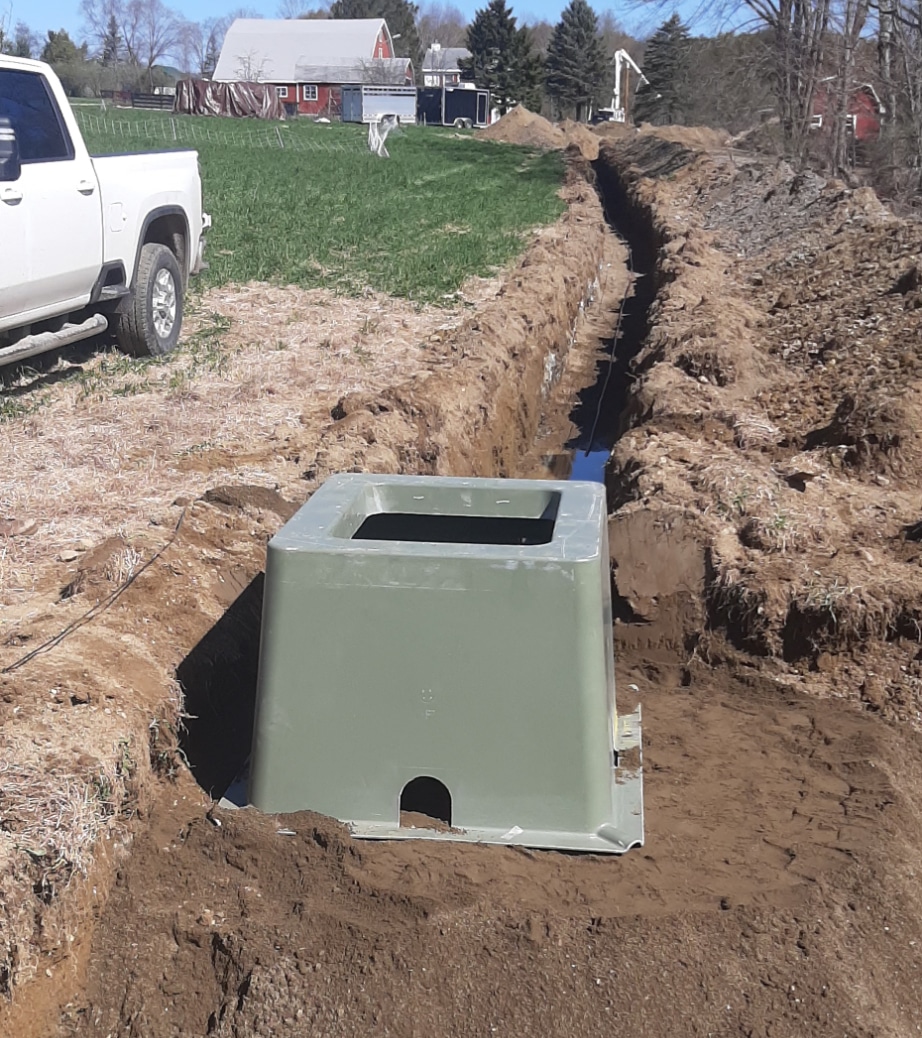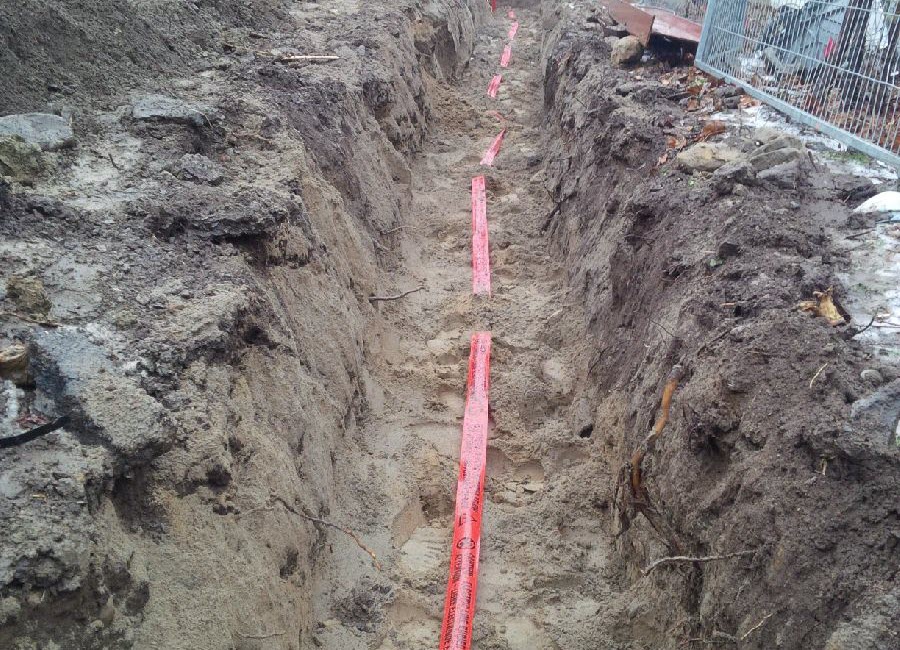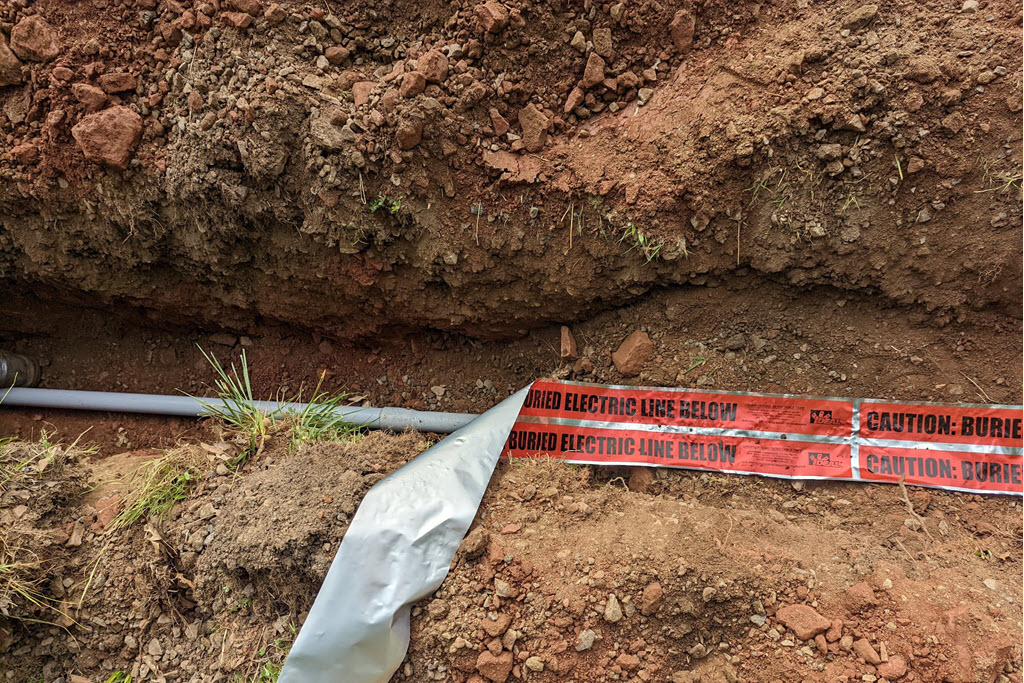Electric Line Servicesin Dryden MI
Service Electrical Lines Installed for Safe and Reliable Power
We Are Locally Owned & Operated For Over 37 Years
Contact Us Today!
We Serve Businesses In And Around The Following Cities:
About Electric Line Services
Introduction
In the dynamic urban enclave of Dryden, progress is synonymous with strides in infrastructure development. Steered by this vision, one utility has captured due attention – the Electric Line. An intrinsically vital component of commercial property development, the Electric Line involves laying out primary and secondary power lines to buildings, grounds, parking lots, and other structures, ensuring seamless electricity supply and its corresponding benefits. This guide provides a comprehensive understanding of the Electric Line in commercial properties, replete with the process, benefits, and practical applications with a special focus on Dryden.
Unpacking the Process of Electrical Installation
The beating heart of the Electric Line process within commercial properties is the systematic protocol of electrical installation. This intricate procedure includes setting up primary conduits to every unit and property corner, whether it’s retail outlets, office suites, or entertainment venues. The secondary stage involves the installation of ground electricity systems, which are pivotal for the safety and durability of the electrical networks. Armed with professional expertise, D&J Contracting has been a stalwart in this pursuit, ensuring commercial properties in Dryden receive resilient and efficient electrical systems.
Ultimate Benefits of Electric Line in Commercial Properties
Deploying Electric Line within commercial properties is not merely a strategic move, but one that comes with a gamut of benefits. First up is the enhanced operational efficiency guaranteed by reliable electricity availability. In an age that is increasingly becoming dependent on technology, uninterrupted power is no luxury, but a cardinal necessity catapulting productivity. Moreover, the ground electricity systems amplify safety by warding off any potential electrical hazards, thereby upholding the peace of the building’s inhabitants.
Lastly, real estate value. It’s no secret that commercial properties with robust electrical systems command a higher market price, making it an attractive investment. Through the meticulous work done by establishments such as D&J Contracting, commercial property owners can revel in these crucial benefits.
Real-World Applications: The Electric Line Unveiled
As one traverses the bustling cityscape of Dryden, the practical applications of Electric Line are easily visible. The radiant city lights, the high-rise office buildings brimming with productivity, the retails outlets and malls running seamlessly, all bear testament to the continuing triumph of Electric Lines.
A testament to the brilliance of this bustle is the Acme Business Park, a premium commercial property in Dryden. Acme Business Park’s remarkable operational efficiency and safety can be attributed to the competent work of D&J Contracting. From primary and secondary installations to the highly secured ground electricity, D&J Contracting has ensured uninterrupted business for the numerous offices, retail spaces, and food courts dotting this park.
The D&J Contracting Edge
For commercial properties considering Electric Line installation, the need for a service provider possessing both skill and local insights cannot be overstated. D&J Contracting offers this and more. With deep know-how of Dryden’s landscapes and building nuances, the firm configures stellar electrical systems. More so, there is the additional benefit of their unwavering commitment to project timelines and budget constraints, ensuring a hassle-free experience for their clients.
Forward, with Electric Lines in Dryden
Rigorous application of Electric Line in commercial properties is no more a choice, but a mandate for progress. It is a testament to a city’s commitment to guarantee businesses unhindered power, maximized efficiency, and a safe environment. With an ideal blend of local expertise, top-tier service providers such as D&J Contracting and careful planning, the city of Dryden can look forward to a future where seamless electric supply is a given for each of its commercial properties.
As this narrative continues to unfold, a city powered by top-notch commercial properties, glowing bright with unremitting electricity, is no longer a vision. In Dryden, it slowly, but surely, becomes a reality.
Electric Line Services Gallery


Call Us Today to receive your Free Quote for
Electric Line in Dryden
Serving: Dryden, Michigan

About Dryden, Michigan
The Village of Dryden was settled in 1836 and was called Amboy. It was located 1 mile North of its present-day located at Dryden and Mill Roads. In 1837, then known as Lomond, held its first town meeting since settling the previous year. A store was built here as early as 1840 by Mr. Johnathan Sweet who owned most of the land. It was known as Lamb’s Corners in homage to the man who bought the land from Mr. Sweet, John M. Lamb, starting in 1846 and the named stayed for several years. The name Dryden for its village was eventually picked and it was to pay honor to the poet, John Dryden. The 1840s was the decade in which many businesses were first established in the village. It was incorporated as a village in 1887.
According to the United States Census Bureau, the village has a total area of 1.10 square miles (2.85 km), all land.
| Census | Pop. | Note | %± |
|---|---|---|---|
| 1880 | 200 | — | |
| 1890 | 322 | 61.0% | |
| 1900 | 328 | 1.9% | |
| 1910 | 371 | 13.1% | |
| 1920 | 359 | −3.2% | |
| 1930 | 383 | 6.7% | |
| 1940 | 411 | 7.3% | |
| 1950 | 476 | 15.8% | |
| 1960 | 531 | 11.6% | |
| 1970 | 654 | 23.2% | |
| 1980 | 650 | −0.6% | |
| 1990 | 628 | −3.4% | |
| 2000 | 815 | 29.8% | |
| 2010 | 951 | 16.7% | |
| 2020 | 1,023 | 7.6% | |
| U.S. Decennial Census | |||
As of the census of 2010, there were 951 people, 368 households, and 260 families living in the village. The population density was 864.5 inhabitants per square mile (333.8/km). There were 387 housing units at an average density of 351.8 per square mile (135.8/km). The racial makeup of the village was 98.0% White, 0.4% Native American, 0.2% Asian, 0.3% from other races, and 1.1% from two or more races. Hispanic or Latino of any race were 1.1% of the population.
There were 368 households, of which 35.1% had children under the age of 18 living with them, 54.3% were married couples living together, 10.9% had a female householder with no husband present, 5.4% had a male householder with no wife present, and 29.3% were non-families. 23.9% of all households were made up of individuals, and 5.5% had someone living alone who was 65 years of age or older. The average household size was 2.57 and the average family size was 3.06.
The median age in the village was 38.6 years. 27.1% of residents were under the age of 18; 7.2% were between the ages of 18 and 24; 26.1% were from 25 to 44; 27.2% were from 45 to 64; and 12.2% were 65 years of age or older. The gender makeup of the village was 49.8% male and 50.2% female.
As of the census of 2000, there were 815 people, 285 households, and 224 families living in the village. The population density was 727.8 inhabitants per square mile (281.0/km). There were 312 housing units at an average density of 278.6 per square mile (107.6/km). The racial makeup of the village was 97.42% White, 0.74% Native American, 0.25% Asian, 0.49% from other races, and 1.10% from two or more races. Hispanic or Latino of any race were 1.23% of the population.
There were 285 households, out of which 42.8% had children under the age of 18 living with them, 64.2% were married couples living together, 8.8% had a female householder with no husband present, and 21.1% were non-families. 16.1% of all households were made up of individuals, and 4.2% had someone living alone who was 65 years of age or older. The average household size was 2.80 and the average family size was 3.10.
In the village, the population was spread out, with 29.1% under the age of 18, 6.7% from 18 to 24, 33.4% from 25 to 44, 21.5% from 45 to 64, and 9.3% who were 65 years of age or older. The median age was 33 years. For every 100 females, there were 105.3 males. For every 100 females age 18 and over, there were 105.0 males.
The median income for a household in the village was $54,375, and the median income for a family was $57,639. Males had a median income of $39,226 versus $22,115 for females. The per capita income for the village was $21,180. About 2.3% of families and 5.7% of the population were below the poverty line, including 5.5% of those under age 18 and 7.1% of those age 65 or over.
Dryden has two schools. Dryden Elementary for Preschool through 6th grade and Dryden Jr./Sr. High School for 7th through 12th grade. Additionally there is the Dryden Township Library.
Call Us Today to receive your Free Quote for
Electric Line in Dryden
Related Services in Dryden, Michigan
We Serve Businesses In The Following Zip Codes:
48007, 48015, 48021, 48026, 48035, 48036, 48038, 48042, 48043, 48044, 48045, 48046, 48047, 48048, 48050, 48051, 48066, 48071, 48080, 48081, 48082, 48083, 48084, 48085, 48088, 48089, 48090, 48091, 48092, 48093, 48098, 48099, 48225, 48230, 48236, 48310, 48311, 48312, 48313, 48314, 48315, 48316, 48317, 48318, 48397